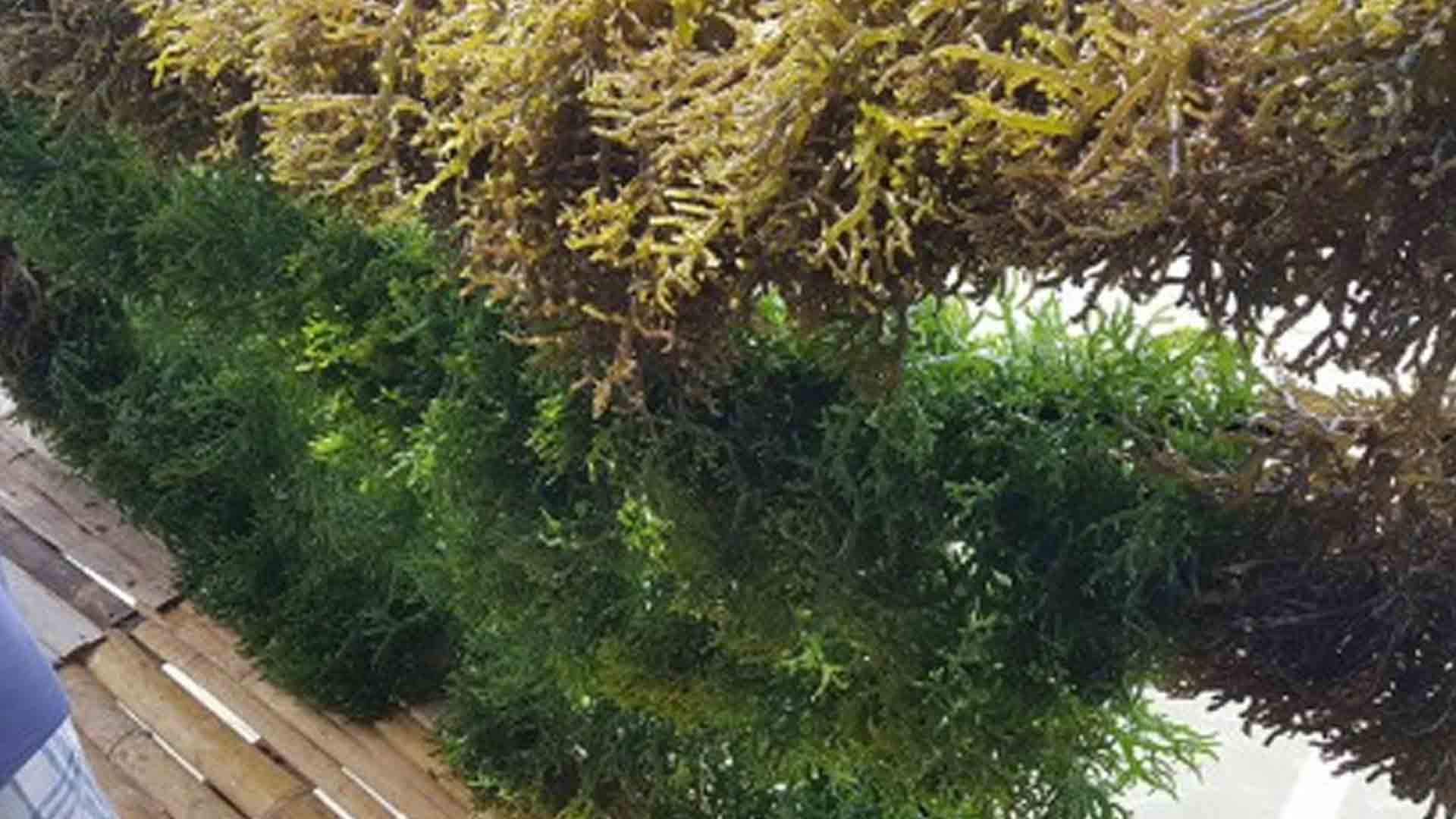The Mindanao Development Authority (MinDA) is working on the establishment of “village-level processing facilities” to turn Mindanao’s seaweed industry into a major source of organic fertilizer and producer of poultry and livestock additives, its chief said on Saturday.
In a statement, MinDA Secretary Emmanuel Piñol said the seaweeds industry is one of the commodities they have proposed to be included in the European Union-funded Mindanao Rise Program.
The program’s goal is to capacitate seaweed-growing communities to process their produce into high-value commodities, such as foliar fertilizer, animal feed additives, and probiotics.
Using the “complete value chain principle”, Piñol said Mindanao’s seaweed industry could lift many fisherfolks and their families out of poverty and trigger the growth of the region’s economy.
He said MinDA has asked a Filipino inventor and mechanical engineer based in Butuan City to design a prototype of a machine capable of squeezing raw seaweeds.
Engineer Rudy Cane, younger brother of Agusan del Sur Governor Santiago Cane Jr., promised to complete the prototype in two weeks, which in turn, would be tested in Olutanga Island where seaweed farming is a major source of livelihood, Piñol said.
“Cane said the machine he will design could be operated by ordinary folks and could be established in remote communities and could turn the seaweeds into high-value products, which in turn could boost organic farming, especially rice and fruits, and livestock and poultry-raising in Mindanao,” he said.
Once completed, Piñol said, it is expected to add value to the seaweeds produced by poor fisher folks, which are currently bought from a high of PHP15 to a low of PHP5 per kg.
In the Philippines, seaweeds have mainly been used for Carrageenan production, the price of which is dependent on world market dictates.
Seaweeds-based organic fertilizer has been found to increase rice, vegetable, and fruit production by huge amounts while protecting the natural nutritional balance of the soil.
“The use of seaweeds as animal feeds is not new as this was done centuries ago in Ancient Greece and the Icelandic region where forage was scarce during the winter season, according to the literature on seaweeds uses,” Piñol said.
He recently said interest in the use of seaweeds for animal feeds has been renewed because of health and environmental concerns following the results of studies that showed that cattle fed with seaweeds emit fewer greenhouse gases. (PNA)







